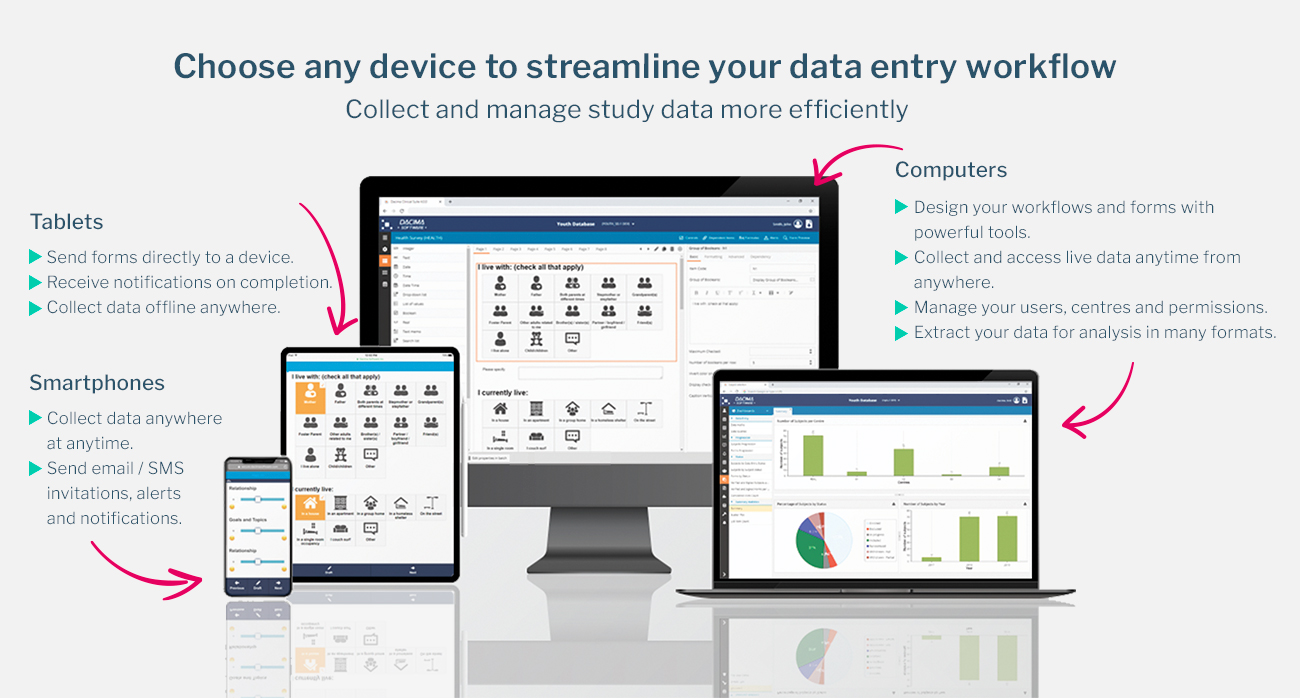As healthcare shifts deeper into the digital realm, one of the most impactful innovations is how patients give their consent. Moving away from traditional paper forms, many providers and researchers now use secure online platforms to explain procedures and capture approvals. This evolution is improving efficiency, comprehension, and compliance across the board.
In this article, we’ll explore the rise of digital consent technologies, key compliance regulations like 21 CFR Part 11 electronic Consent, and how tools such as informed consent software and digital consent forms are streamlining operations from clinical trials to virtual care.
What Is Digital Consent?
Simply put, digital consent replaces pen-and-paper forms with interactive online solutions. It allows patients or research participants to understand what they’re agreeing to through videos, quizzes, or simplified documents—and sign electronically from anywhere.
A well-designed system includes:
-
Identity verification
-
Secure electronic signatures
-
Version tracking and audit logs
-
Mobile and multilingual access
-
Compliance with local and global privacy laws
Benefits of Going Digital
1. Better Patient Understanding
Using visuals and plain language, these platforms help people grasp complex information more effectively. Patients are less likely to feel confused or overwhelmed.
2. Higher Participation Rates
In research settings, participants can review materials at their convenience, resulting in improved enrollment and fewer dropouts.
3. Instant Updates and Tracking
Online systems allow for live monitoring and automatic notifications when forms are updated—keeping everyone aligned.
4. Regulatory Assurance
Using compliant informed consent software ensures data security and meets global legal requirements. These tools help enforce standards like HIPAA, GDPR, and the 21 CFR Part 11 eConsent rule in the U.S.
Where It's Making the Biggest Impact
Clinical Trials
For multi-site or remote trials, digital consent tools reduce the burden on both participants and researchers. Features like secure e-signatures and document version control make regulatory audits smoother and faster.
Telemedicine
In virtual care settings, digital consent forms help healthcare providers quickly and legally inform patients of their rights and privacy. Consent can be obtained before appointments or procedures—even asynchronously.
Genomic and Biobank Research
When storing samples or genetic data, long-term or tiered permissions are needed. Interactive forms allow for detailed explanations and optional future-use agreements, improving ethical transparency.
Key Compliance Requirements
21 CFR Part 11 eConsent
This U.S. FDA regulation outlines the criteria for trustworthy and legally binding electronic records and signatures. To comply, systems must include:
-
Role-based access
-
Secure, time-stamped signatures
-
Encrypted data storage
-
Complete audit logs
Platforms meeting these requirements make it easier for research teams and clinical sites to meet inspection standards.
GDPR and HIPAA
In the EU and U.S., data privacy laws like GDPR and HIPAA play a major role. Consent platforms must guarantee data protection, offer options to revoke consent, and provide transparent documentation.
IRB and Ethics Committee Approval
All systems and consent methods must still pass review by ethics boards. That means forms should be exportable for review and clearly explain the digital nature of the process.
How Informed Consent Software Works
Modern platforms provide more than just digital signatures. Common features include:
-
Template Management: Pre-built or customizable forms
-
Multilingual Support: For diverse populations
-
Mobile Responsiveness: For tablets and phones
-
Compliance Tools: Built-in safeguards for regulations
-
Analytics Dashboard: See real-time consent status and engagement
Some solutions also integrate with hospital systems or clinical trial databases for better coordination.
Common Challenges
Tech Access and Literacy
Not all patients have reliable internet or are comfortable with digital platforms. It's important to offer assistance, simple interfaces, and offline modes where needed.
Data Security
eConsent data is sensitive. Strong encryption, access control, and anonymization measures are essential to protect it.
Internal Buy-In
Clinicians and researchers must understand how to use the platform and how it fits into their workflow. Training and support make the transition smoother.
Implementation Tips
-
Pilot First: Start with a small group or trial before scaling.
-
Consult Early: Bring in legal, compliance, and ethics teams from the start.
-
Focus on UX: The experience should be intuitive and patient-friendly.
-
Monitor Results: Use analytics to optimize content and engagement over time.
As virtual trials, AI diagnostics, and personalized medicine grow, secure and compliant digital consent solutions will become indispensable. Features like biometric verification, adaptive learning content, and blockchain-based audit trails are already being explored.
Eventually, tools once considered optional will become a central part of patient and participant engagement—making healthcare safer, more transparent, and more accessible.



